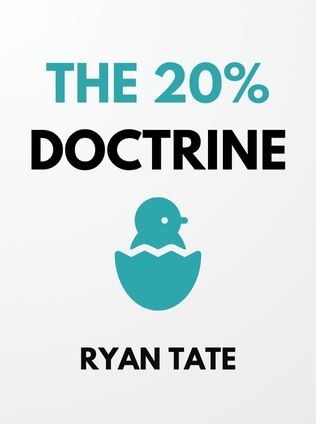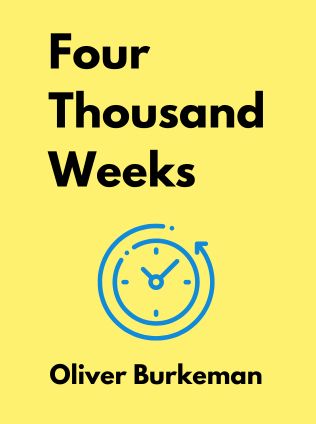
The 20% Doctrine
How Tinkering, Goofing Off, and Breaking the Rules at Work Drive Success in Business
By Ryan Tate
Published 05/2012
About the Author
Ryan Tate is a technology gossip blogger for Gawker.com and a veteran business journalist whose posts are read by 2.5 million times by 700,000 people per month. With a keen eye for detail and a knack for uncovering the behind-the-scenes workings of the tech world, Tate brings a wealth of experience and insight to his work. His writings offer a fresh perspective on how innovative practices can reshape the business landscape, making him a trusted voice in the industry.
Main Idea
In "The 20% Doctrine," Ryan Tate explores how giving employees the freedom to spend a portion of their work time on projects they are passionate about can drive innovation and success in business. Inspired by Google's famous "20 percent time" policy, Tate delves into how other companies have adopted similar practices to foster creativity, boost morale, and develop groundbreaking products. The book highlights the power of creative freedom, the importance of connecting with employees' passions, and the benefits of iterative and agile development processes.
Table of Contents
- Introduction
- Provide Creative Freedom
- Connect with People's Passions
- Worse is Better
- Embrace Reuse
- Iterate Quickly
- Communicate Lessons as You Learn Them
- Embrace Outsiders
- Scratching Your Own Itch
- The Rise of Hack Day
- A Side Project School Rises in the Bronx
- The Huffington Post Brings 20 Percent to the Masses
- How a Top Chef Started Over
- Conclusion
Provide Creative Freedom
At the heart of the 20% Doctrine is the belief that employees should be given the freedom to explore their ideas outside the constraints of their regular job duties. This freedom is not just about allowing employees to "goof off" but about recognizing that innovation often comes from unexpected places. By liberating employees from strict management structures for a portion of their time, companies can tap into a wellspring of creativity and innovation.
Google's implementation of this policy has led to the development of highly successful products like Gmail and AdSense. This approach has since been adopted by many other companies, demonstrating that when employees are given the autonomy to follow their passions, remarkable things can happen.
- A software engineer at Google, Paul Buchheit, used his 20 percent time to develop Gmail, which eventually became one of the most popular email services in the world.
- The photo-sharing site Flickr started as a side project at a struggling startup, highlighting how creative freedom can lead to significant innovations even in resource-constrained environments.
Connect with People's Passions
One of the key insights of the 20% Doctrine is the importance of aligning work with employees' passions. When people are enthusiastic about their work, they are more likely to produce high-quality, innovative results. This connection between passion and productivity is crucial for fostering a culture of creativity within an organization.
"The things people are enthusiastic about and the things they work on every day sometimes diverge, to put it mildly." - Ryan Tate
Allowing employees to pursue projects they care about can lead to the development of products and services that resonate deeply with customers. When a product is built with passion, it shows, and customers can sense the care and dedication that went into its creation.
Sign up for FREE and get access to 1,400+ books summaries.
You May Also Like
The Life-Changing Magic of Tidying Up
The Japanese Art of Decluttering and Organizing
By Marie KondoThe Lean Startup
How Today's Entrepreneurs Use Continuous Innovation to Create Radically Successful Businesses
By Eric RiesWho Moved My Cheese?
An Amazing Way to Deal with Change in Your Work and in Your Life
By Spencer Johnson, M.D.Make Your Bed
Little Things That Can Change Your Life...And Maybe the World
By William H. McRaven



















